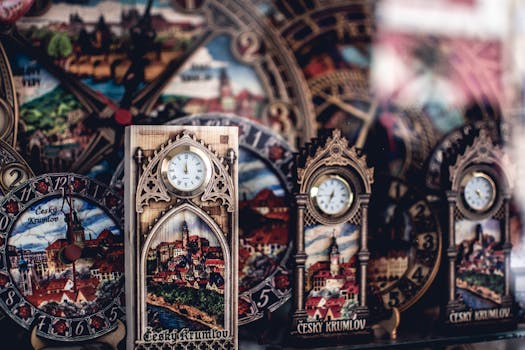
Cultural Fusion: Embracing Diversity in European Lifestyles by 2025
Cultural fusion is becoming an increasingly important aspect of European lifestyles, as people from diverse backgrounds come together to create a unique and vibrant cultural landscape. By 2025, it is expected that this trend will continue to grow, with more Europeans embracing diversity and celebrating their differences.
Introduction to Cultural Fusion
Cultural fusion refers to the blending of different cultural practices, traditions, and values to create a new and distinct cultural identity. This can occur through various means, such as migration, globalization, and technological advancements. In Europe, cultural fusion is happening at a rapid pace, with people from different ethnic, religious, and cultural backgrounds interacting and influencing one another.
Benefits of Cultural Fusion
The benefits of cultural fusion are numerous. It can lead to a more diverse and inclusive society, where people from different backgrounds can come together and share their experiences. Cultural fusion can also stimulate creativity, innovation, and economic growth, as people from different cultures bring new ideas and perspectives to the table.
Examples of Cultural Fusion in Europe
There are many examples of cultural fusion in Europe, from the vibrant street art scene in Berlin to the diverse culinary landscape of London. In Amsterdam, the city’s famous canal ring is lined with historic buildings that reflect the city’s rich cultural heritage, from the Dutch Golden Age to the present day. In Paris, the city’s fashion scene is a fusion of French style and international influences, with designers from around the world showcasing their creations on the city’s iconic catwalks.
Challenges of Cultural Fusion
While cultural fusion can bring many benefits, it also presents challenges. One of the main challenges is balancing the need to preserve cultural heritage with the need to adapt to changing circumstances. This can be particularly difficult in Europe, where there are many different cultures and languages, and where the risk of cultural homogenization is always present.
Conclusion
In conclusion, cultural fusion is an important aspect of European lifestyles, and it is expected to continue to grow in importance by 2025. By embracing diversity and celebrating their differences, Europeans can create a more vibrant and inclusive cultural landscape, where people from all backgrounds can come together and thrive.




